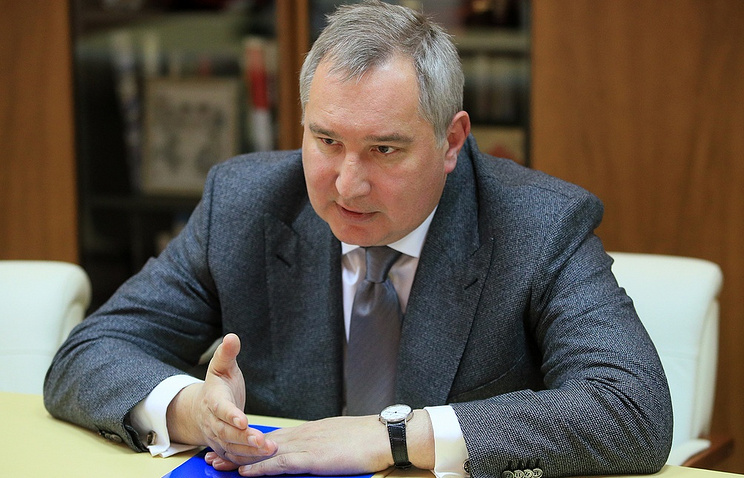Russia are planning to build a super-heavy rocket that could one day fly missions to the Moon and Mars said Roscosmos head Dmitry Rogozin, who announced the plans at a meeting held at the agency's leading research institute for machine-building (Tsniimash) near Moscow.
The project has been a long time in the making, but budget cuts at the end of 2014 prompted the Kremlin to slash its space budget, making the development of the rocket – which has been named Yenisey – unaffordable.
Now though, after several years of engineering studies, the Russian government has finally approved its development. Construction of the launch infrastructure is due to begin in 2026 and its first lift-off from the Vostochny launch centre in Russia’s Far East is set for 2028.
"The Central Research Institute of Machine Building [TsNIIMash] - the leading scientific centre of Roscosmos (based in Korolyov, Moscow Region) confirmed the readiness of its designer and production teams to implement the project of creating a super-heavy carrier rocket," Rogozin wrote via Twitter earlier this week.
The rocket is being developed by Rocket and Space Corporation (RSC) Energia, Progress Rocket Space Centre and Khrunichev design bureau. The Khrunichev design bureau are currently designing the Angara-5V project – a new hydrogen upper stage rocket designed to loft a 35 tonne payload into a low Earth orbit (LEO). Khrunichev will supply the third stage of the super-heavy rocket as part of this project, while Soyuz-5 elements will be used as the first stage.
Yenisey on the other hand is designed to take over 70 tonnes of payload to LEO. However, its main function is to facilitate deep space interplanetary missions, as well as conduct flights to the Moon.
At the same meeting Rogozin also discussed the creation of a constellation of remote sensing satellites dubbed the Sovereign's Eye ('Gosudarevo Oko'). “We have presented a new project, which I consider extremely promising... On December 27, with the successful launch from the Vostochny Cosmodrome, we strengthened the constellation of Earth remote sensing satellites. We are now proposing a project called 'Sovereign's Eye', which would allow us to see the dynamics of any changes on Earth," said Rogozin.
The network would be aimed at improving the monitoring capabilities of civilian agencies, including Russia's Ministry of Emergency Situations, where it could for example aid in the quick deployment of firefighting aircraft to within 25 square meters if a fire broke out. Furthermore it could make an important contribution to Russia's Digital Economy initiative said Rogozin.
Major infrastructure projects could also benefit from an all-seeing eye said Rogozin. "This would assist authorities tremendously. All buildings and changes to infrastructure will be visible from space," he said.











